
A Canadian company hides treasures that can be found by solving puzzles. The first round of the hunt is over, a second one has been announced.
The seat covers of EasyJet airplanes bear symbols that look like a pigpen cipher. Do they encode a secret message?
French crypto history expert Jean-François Bouchaudy has found something very rare: three original messages encrypted with an M-209 cipher machine. One of these is still unsolved.
A new YouTube video shows two presentations given by Bernard Fabrot and Simon Pfeffers about how they solved LCS35. Another video shows the opening of the time capsule at the same event.
An encrypted telegram sent by two Russian communists in 1918 allegedly reports the death of czar Nicholas II and his family. Can a reader decipher it?
During the Thirty Years’ War, a Swedish general wrote an encrypted letter to a German Major. Can a reader decipher this message?
Now that the LCS35 time-lock puzzle has been solved, cryptographer Ron Rivest has published a new challenge of the same kind. This time, he estimates that it’s going to take 15 years to find the solution.
The Czech Pirate Party has hidden a short message, a so-called acrostic, in the Czech EU election ballots. Pranks like these have a long tradition.
Blog reader Christof Rieber has solved the Ghostemane cryptogram, a crypto challenge published by a US music magazine. Here’s how he found the solution.
I’m looking forward to HistoCrypt 2019 (June 23-26 in Mons, Belgium). Among the speakers are many readers of this blog.
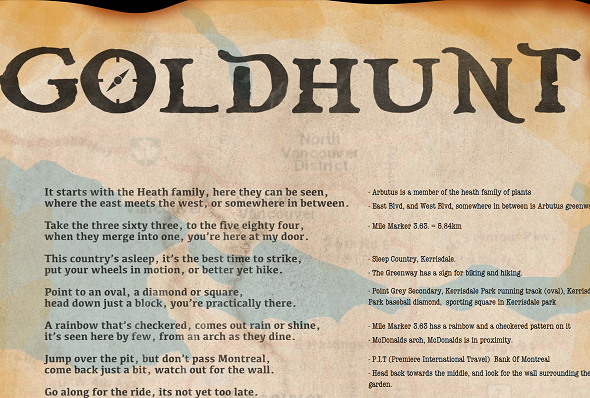
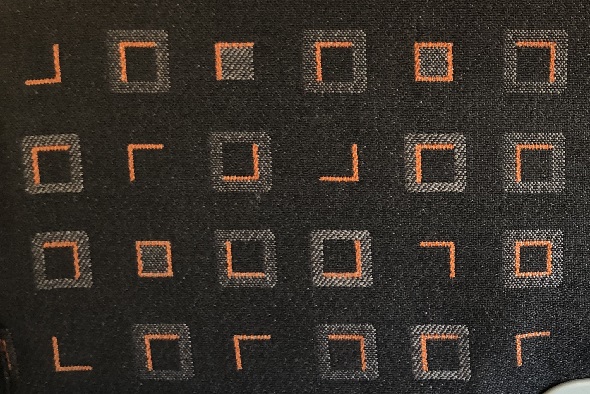
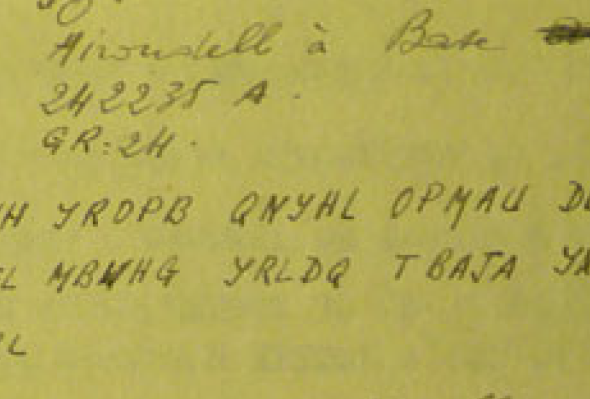
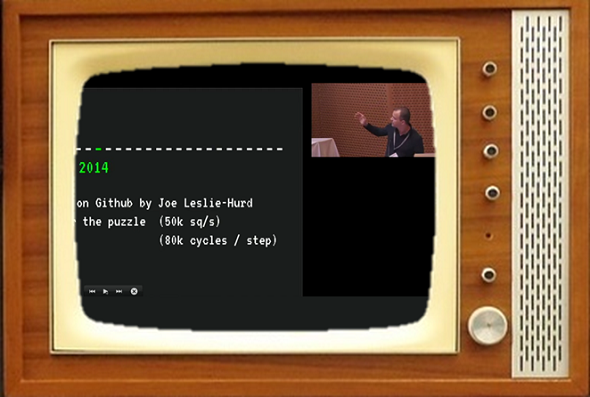
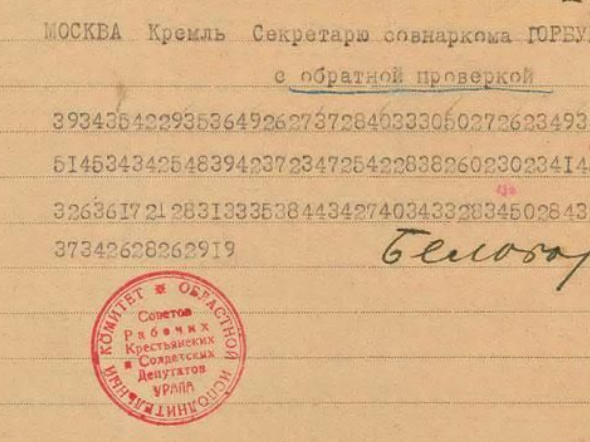
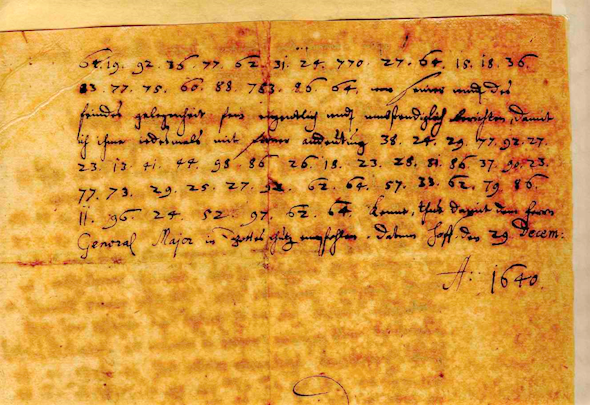
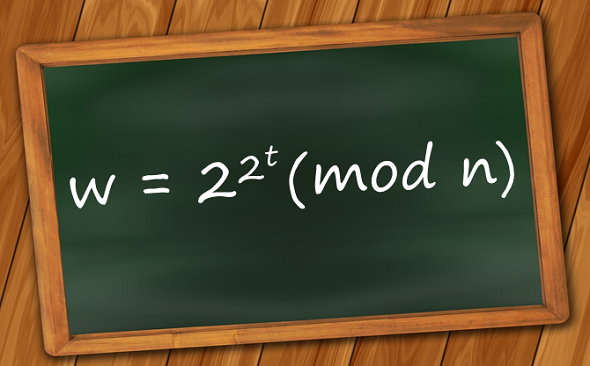
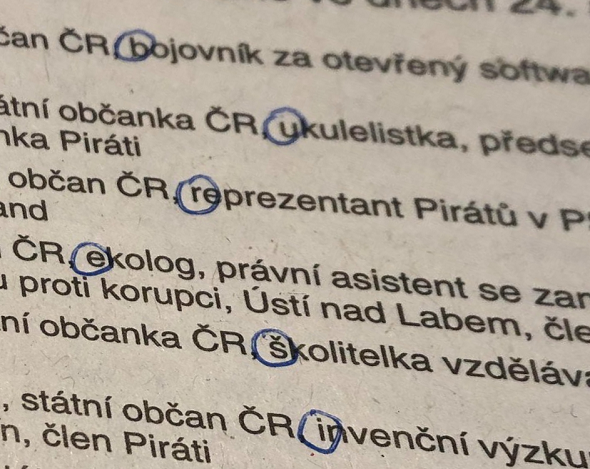
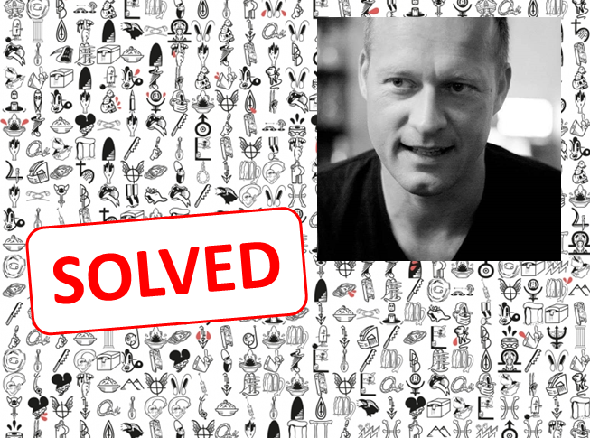
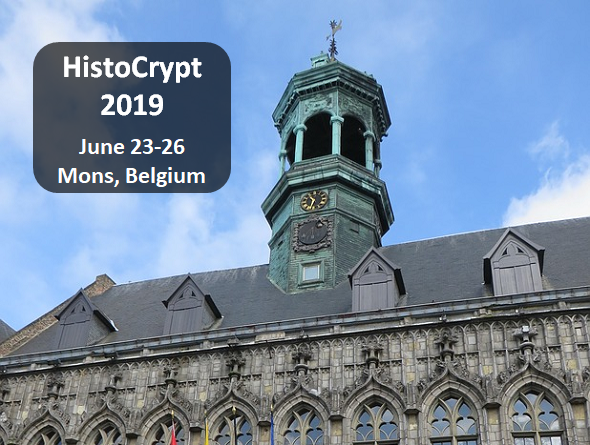

Letzte Kommentare